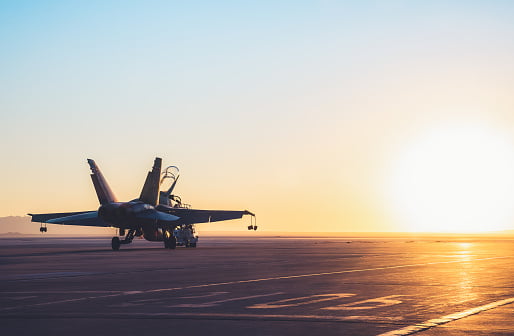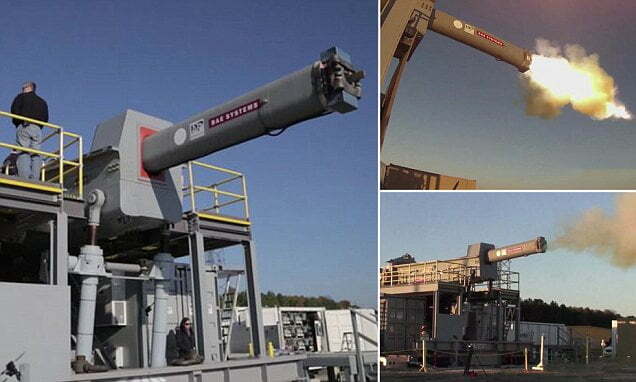Advanced Medium Combat Aircraft (AMCA)
Advanced Medium Combat Aircraft
The Advanced Medium Combat Aircraft (AMCA) is a fifth-generation fighter aircraft being developed by India’s state-owned aerospace and defense company, Hindustan Aeronautics Limited (HAL). The AMCA is designed to be a stealth multirole fighter capable of air-to-air, air-to-ground, and air-to-ship combat.
One of the key features of the AMCA is its stealth capabilities, which are achieved through the use of advanced materials and design techniques. The aircraft will also be equipped with advanced avionics, including an AESA radar, electronic warfare systems, and a variety of sensors and weapons.
The AMCA is being designed to have a maximum speed of Mach 2 and a range of over 3,000 km. It will also have the ability to carry a wide range of weapons, including air-to-air and air-to-ground missiles, and precision-guided bombs.
The AMCA program was initiated in the early 2000s, but as of 2021 it is still in the development phase and no prototype has been built yet, with a projected service entry date in 2030s. The project is considered ambitious given the limited resources and capabilities of India’s aerospace industry, and is expected to face several technical and financial challenges.
The AMCA is considered to be India’s answer to the PAK-FA, the Chinese J-20 and the American F-22, and is seen as an important step in India’s efforts to develop a strong indigenous aerospace industry and build a modern and capable air force.


Cockpit
The cockpit of the Advanced Medium Combat Aircraft (AMCA) is designed to be highly advanced and state-of-the-art, featuring a variety of advanced technologies to enhance the pilot’s situational awareness, improve the aircraft’s performance, and increase the pilot’s overall effectiveness in combat.
One of the key features of the AMCA’s cockpit is the use of advanced displays and avionics. The aircraft will be equipped with a large, high-resolution, active matrix liquid crystal display (AMLCD) which will provide the pilot with a wealth of information about the aircraft’s performance and systems, as well as the tactical situation.
The AMCA will also feature a Helmet Mounted Display (HMD) which will provide the pilot with critical information about the aircraft’s performance and systems, as well as the tactical situation. This will allow the pilot to keep their eyes outside the cockpit, increasing their situational awareness and reducing the time it takes to react to threats.
The AMCA will also feature advanced sensors and weapons, including an AESA radar, electronic warfare systems, and a variety of other sensors and weapons. These systems will be integrated into the cockpit and will be controlled by the pilot through the use of advanced controls and interfaces.
The cockpit of the AMCA will also feature advanced control systems, including fly-by-wire technology which will provide the pilot with greater control and precision, while reducing the workload on the pilot. This will allow the pilot to focus on the tactical situation and make quick and accurate decisions.
In summary, the cockpit of the Advanced Medium Combat Aircraft (AMCA) is designed to provide the pilot with the advanced technology and information necessary to effectively conduct air-to-air, air-to-ground, and air-to-ship combat. The advanced displays, avionics, sensors, weapons and control systems will improve the pilot’s situational awareness and overall effectiveness in combat.
Driving force
The Advanced Medium Combat Aircraft is powered by an AMCA after-burning engine. The AMCA Mark 1 will be powered by a GE F414 after-burning turbofan engine. The Mark 2 will be powered by the indigenously developed Kaveri engine by the Gas Turbine Research Establishment (GTRE) of DRDO.
General Details
- (A). Crew – 1 & 2 (Trainer Edition)
- (B). Maximum take-off weight – 25000 kg
- (C). Maximum speed – 2600 kmph
- (D). Combat Range – 1600 km
- (E). Service Ceiling – 20,000 m
The Indian Air Force committed to buy 7 squadrons of AMCAs with the Mark 1 as the first two squadrons and the others would be the Mark 2 variant.




